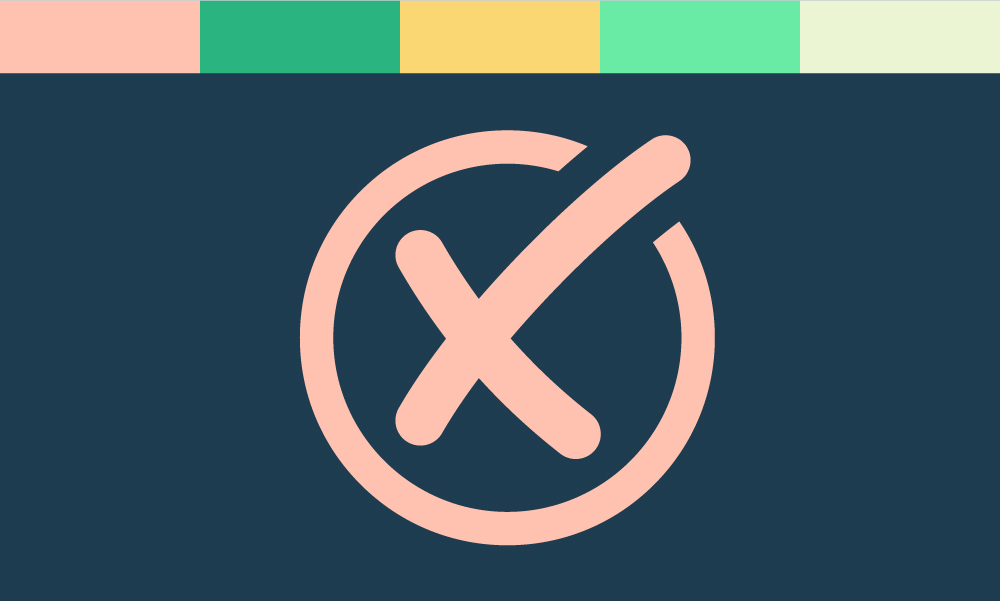-
Current state
Provides a summary of the agency’s existing digital and ICT environment, including platforms, workforce capability, governance arrangements and known constraints. This section establishes a baseline for future planning and identifies gaps or challenges in capability, funding or systems.
Off -
Planning
Outlines the agency's planned digital initiatives across short, medium, and long-term timeframes. Initiatives should be grouped by themes, outcomes or functional strings where appropriate, and line to strategic and business priorities.
Off -
Digital outlook
Describes the agency's long term digital ambition, including its future service model and transformation goals. This section should outline the strategic intent for digital delivery over the next 5 to 10 years, informed by innovation, reform priorities, user expectations or emerging technologies
Off -
Risks
Summarises the key risks that may affect delivery of the digital investment plan, along with the agency's approach to mitigation. Risks may include strategic, operational or systemic issues such as funding constraints, capability gaps, delivery dependencies or cyber threats.
Off -
Enablers
Identifies the conditions, capabilities and support structures that enable successful delivery of the agency’s digital plan. This includes leadership, workforce capability, technology infrastructure, and governance, partnerships, data maturity, and shared services.
Off -
-
-
Flexibility in application
While all six components must be addressed, agencies have flexibility in how they present their DIP. The format, structure and the level of detail can be adapted to align with internal planning processes or artefacts.
The DIP guidebook is intended to support meaningful strategic planning, not to prescribe a standard template.
Contact
For further information about Digital Investment Plans, please contact:
Long-Term Planning team, Digital Capability Planning
Digital Transformation Agency
planning@dta.gov.auDownloadable resource
-
Digital Investment Plan (DIP) Policy
-
A structured approach to whole-of-government digital planning.
The DIP policy sets minimum standards to guide consistent, long-term digital investment planning across the Australian Public Service.
-
The Digital Investment Plan (DIP) policy outlines requirements for agencies in the development and implementation of their DIPs, establishing a structured framework with minimum standards for future-focused digital investment planning.
Developed under the Data and Digital Government Strategy (the Strategy), the DIP policy aims to improve alignment across government, uplift planning maturity and support whole-of-government visibility into digital priorities and capabilities.
Note: it is supported by a detailed guidebook, which provides practical advice for agencies on how to meet policy requirements.Applicability
Note the policy is in effect from: 1 July 2025
-

This policy applies to
Non- Corporate Commonwealth entities (NCE’s ) -
-

This policy applies to
Non- Corporate Commonwealth entities (NCE’s ) -

This policy does not apply to
National Intelligence Community (NIC) Agencies
-
-

This policy does not apply to
National Intelligence Community (NIC) Agencies -
Connect with the digital community
Share, build or learn digital experience and skills with training and events, and collaborate with peers across government.
-
Note the policy is in effect from: 1 July 2025
-
Key requirements
-
Have a DIP in place by 1 July 2025
All NCEs must have a Digital Investment Plan in place by this date. The plan must include short (0-2 years), medium (2-4 years), and long-term (4-10 years) digital goals, initiatives, and outcomes.
Off -
Include six key minimum standards
DIPs must address:
- Agency Overview
- Current State
- Digital Outlook
- Planning
- Enablers
- Risks
-
Submit the DIP annually
Agencies must submit their approved DIP to the DTA at least once annually to allow for improved whole-of-government planning.
Note: Agencies are encouraged to update their DIP bi-annually in line with the with the Budget and Mid-Year Economic and Fiscal Outlook (MYEFO) cycle to ensure the DIP remains fit for purpose.
Off
-
Nominate a responsible officer
The DIP must be approved by an appropriate senior responsible officer – for example:
- Chief Information Officer
- Chief Financial Officer
- Chief Technology Officer
- Chief Data Officer
- Chief Digital Officer
- Chief Operating Officer
- Agency Head
-
Ensure IOF-aligned proposals match the DIP
NCEs must ensure that proposals, projects and ongoing digital initiatives assessed by the DTA under the Investment Oversight Framework (IOF) are aligned with their current DIP.
Off
Connect with the digital community
Share, build or learn digital experience and skills with training and events, and collaborate with peers across government.

